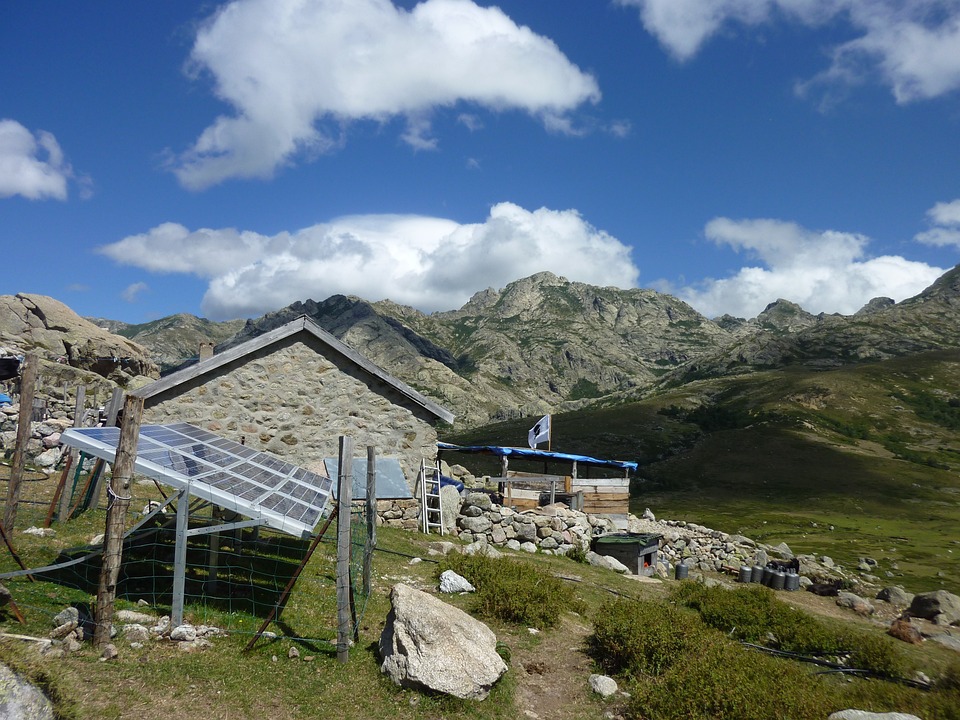Incredible Places Around the World That Embrace Sustainable Tourism
Traveling the world has always been a passion of mine, and as someone who is dedicated to promoting sustainable tourism, I am always on the lookout for incredible destinations that embrace eco-friendly practices. From breathtaking natural landscapes to vibrant cultural experiences, there are countless places around the world that prioritize sustainability in their approach to travel and tourism. These destinations not only offer unforgettable experiences for travelers, but also prioritize the protection of their environment and communities. Join me as we explore some of the most incredible places around the world that are leading the charge in sustainable tourism. Costa Rica: A Paradise of Biodiversity and Eco-Tourism One of the first destinations that comes to mind when thinking about sustainable tourism is Costa Rica. This small but diverse country is a paradise for eco-tourism, renowned for its lush rainforests, stunning beaches, and abundant wildlife. Costa Rica has gained recognition for its commitment to sustainability, with a focus on renewable energy, protecting its natural resources, and supporting local communities. Visitors to Costa Rica can experience the country’s incredible biodiversity through activities such as hiking in national parks, birdwatching, and exploring the country’s rich cultural heritage. In addition to nature-based activities, travelers can also support sustainable practices by staying in eco-friendly accommodations, participating in community-based tourism initiatives, and choosing locally-sourced and organic food options. Pro Tip: When visiting Costa Rica, consider staying at ecolodges and eco-friendly hotels that prioritize environmental preservation. Avoid single-use plastics and support businesses that are committed to sustainable practices. Norway: A Leader in Sustainable Travel and Adventure In Northern Europe, Norway is a standout destination for sustainable travel and adventure. From its stunning fjords and dramatic landscapes to its vibrant cities and Northern Lights, Norway offers a wide range of sustainable travel experiences. The country has made significant strides in reducing its carbon footprint, investing in renewable energy, and protecting its natural environment. Visitors to Norway can explore the country’s pristine wilderness through activities such as hiking, skiing, and wildlife safaris. For those seeking cultural experiences, Norway’s cities offer a blend of modern innovation and traditional heritage, with a focus on sustainable urban development and eco-friendly transportation options. Pro Tip: Consider exploring Norway by train or electric car to reduce your carbon footprint while enjoying the country’s scenic beauty. Bhutan: A Model for Sustainable and Responsible Tourism In the heart of the Himalayas, the Kingdom of Bhutan is known for its commitment to sustainable and responsible tourism. Bhutan follows a unique approach to measuring its progress by using the Gross National Happiness index, which prioritizes the well-being of its citizens and environmental conservation over economic growth. Visitors to Bhutan can explore its stunning natural landscapes, ancient monasteries, and vibrant cultural heritage while supporting the country’s conservation efforts and community-based tourism initiatives. Travelers to Bhutan are required to pay a daily sustainable tourism fee, which goes towards funding healthcare, education, and environmental protection projects, ensuring that tourism benefits local communities and the environment. Pro Tip: When visiting Bhutan, take the opportunity to engage with the local community and learn about their traditions and way of life. Respect the country’s cultural and environmental practices to support sustainable tourism. Australia: An Abundance of Natural Wonders and Sustainable Initiatives As home to the Great Barrier Reef, ancient rainforests, and diverse wildlife, Australia offers a wealth of sustainable travel opportunities for nature enthusiasts. The country is dedicated to preserving its natural beauty and protecting its unique ecosystems, with a focus on sustainable tourism practices and environmental conservation. Visitors to Australia can experience the country’s breathtaking landscapes through activities such as snorkeling, wildlife spotting, and exploring conservation areas. In addition to its natural wonders, Australia is also a leader in sustainable tourism initiatives, offering eco-friendly accommodations, responsible wildlife experiences, and Indigenous cultural tours that support local communities and traditions. Pro Tip: When visiting the Great Barrier Reef, select eco-certified operators and follow responsible snorkeling and diving practices to help protect this iconic marine ecosystem. Greenland: A Remote Wilderness of Sustainable Adventures For travelers seeking a remote and unspoiled destination, Greenland is a haven for sustainable adventures in the Arctic. This vast island is known for its rugged landscapes, towering icebergs, and rich indigenous culture. With a commitment to sustainable tourism, Greenland prioritizes environmental protection and sustainable development, offering travelers the opportunity to explore its pristine wilderness through activities such as ice hiking, wildlife encounters, and cultural experiences with the indigenous Inuit population. In addition to preserving its natural environment, Greenland’s sustainable tourism initiatives support local communities and cultural heritage, offering travelers a unique and authentic experience in the Arctic. Pro Tip: When exploring Greenland, opt for responsible tour operators that prioritize environmental conservation and support local communities. Follow Leave No Trace principles and respect the fragile Arctic ecosystem. As travelers, we have the power to choose destinations that embrace sustainable tourism and support environmentally-friendly practices. By exploring these incredible places around the world, we can contribute to the preservation of our planet’s natural beauty and cultural diversity, while creating meaningful and memorable experiences for ourselves and future generations. Let’s continue to seek out destinations that prioritize sustainability and responsible travel, and inspire others to do the same. Together, we can make a positive impact on the world through our travels.









